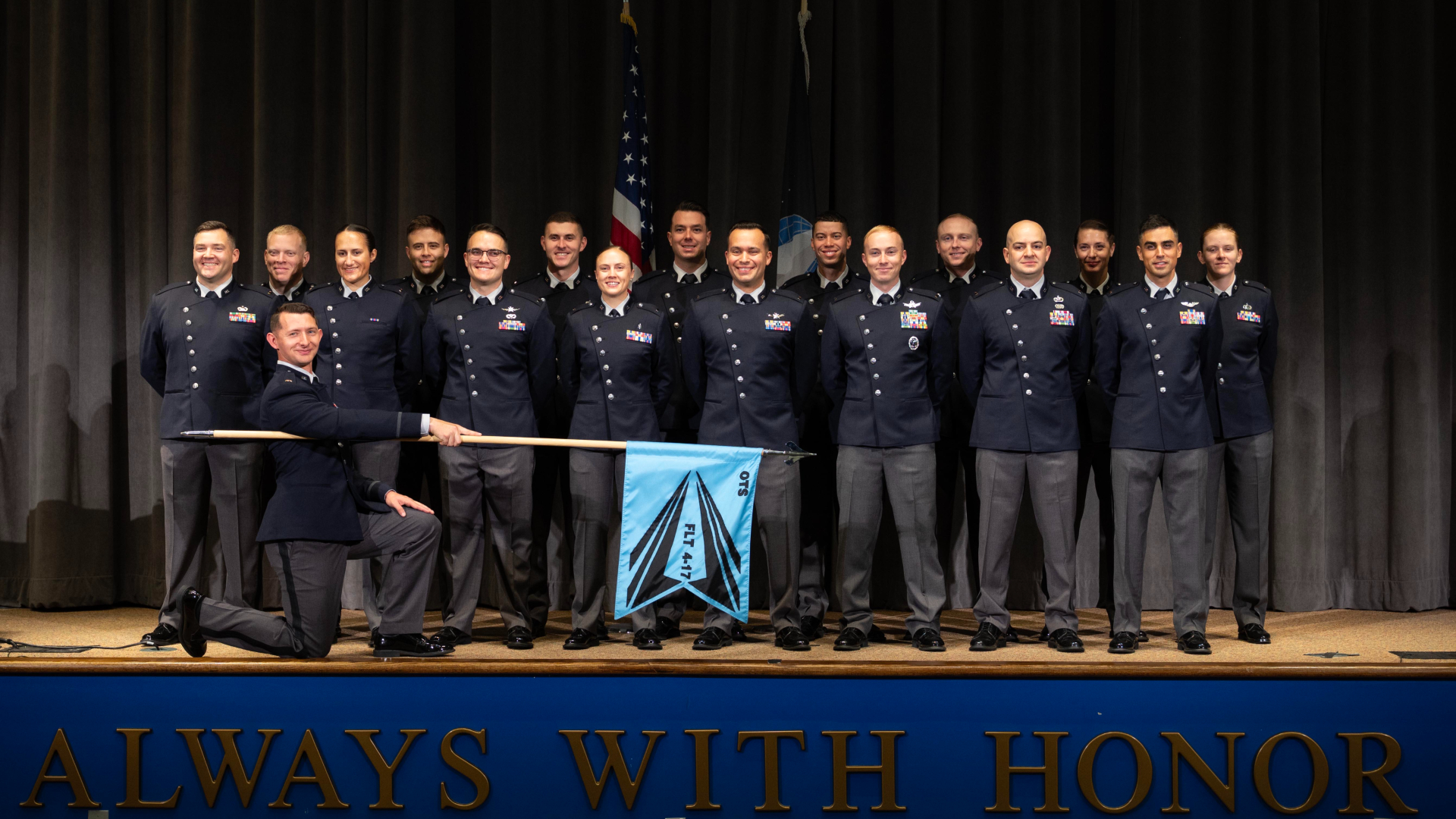NASA funds Venus sample-return, interstellar probes and other far-out space tech
Each of the 13 newly announced NIAC awards is worth up to $175,000.

NASA has awarded funding to 13 innovative space technology concepts that could shape future missions to Venus, Mars and worlds beyond our solar system.
The space agency's NIAC (NASA Innovative Advanced Concepts) program supports the development of early-stage technology ideas from America's innovators and entrepreneurs. Each Phase 1 award is worth up to $175,000, according to a statement from NASA.
"The daring missions NASA undertakes for the benefit of humanity all begin as just an idea, and NIAC is responsible for inspiring many of those ideas," NASA Associate Administrator Jim Free said in the statement. "The Ingenuity helicopter flying on Mars and instruments on the MarCO deep-space cubesats can trace their lineage back to NIAC, proving there is a path from creative idea to mission success. And, while not all these concepts will fly, NASA and our partners worldwide can learn from fresh approaches and may eventually use technologies advanced by NIAC."
Related: 10 exhilarating spaceflight missions to watch in 2024
This year's NIAC program winners range from autonomous tritium-powered sensors for exploring dark, cold environments such as craters on the moon to a Venus sample-return mission, an advanced airborne mission on Mars and sending spacecraft to explore our nearest interstellar neighbor, Proxima Centauri.
While the projects selected are still in the very early stages of conceptual development and are therefore not official NASA missions, they have the potential for future consideration and commercialization, according to the statement.
"The diversity of this year's Phase 1 projects — from quantum sensors observing Earth's atmosphere to a coordinated swarm of spacecraft communicating from the next star — is a testament to the truly innovative community reached by NIAC," Mike LaPointe, NIAC program executive, said in the statement. "The NIAC awards highlight NASA's commitment to continue pushing the boundaries of what's possible."
Breaking space news, the latest updates on rocket launches, skywatching events and more!
One of the mission concepts involves returning a sample from the surface of Venus — the most hostile planetary environment in the solar system — using an innovative carbon monoxide rocket technology to make propellant from the planet's scorching-hot atmosphere. Another concept, called the Mars Aerial and Ground Intelligent Explorer (MAGGIE), aims to get a more comprehensive view of the Red Planet. The proposed fixed-wing aircraft would be the first global-scale atmospheric mission at Mars, enabling the exploration of nearly all of the Martian surface.
A swarm of tiny probes also aims to push the bounds of space travel with a choreographed visit to the nearest exoplanet to Earth: Proxima b. The proposed concept relies on thousands of probes acting in unison to generate an optical signal strong enough to transmit across the immense distance of interstellar space back to Earth, enabling an up-close view of the potentially habitable exoplanet.
The other concepts selected to receive 2024 NIAC Phase 1 grants include water mining and detoxification on Mars, a nuclear engine rocket design, a network of telescopes on the moon, using satellites to improve measurements of cosmological distances, long-duration propellant storage, water-splitting technology, a microgravity hibernation laboratory on the International Space Station and lightweight fiber-based satellite antennas.
The NIAC funding allows recipients to take the next steps in development and testing to bring their concepts to life. You can find additional details for each of the 13 concepts here.

Samantha Mathewson joined Space.com as an intern in the summer of 2016. She received a B.A. in Journalism and Environmental Science at the University of New Haven, in Connecticut. Previously, her work has been published in Nature World News. When not writing or reading about science, Samantha enjoys traveling to new places and taking photos! You can follow her on Twitter @Sam_Ashley13.
